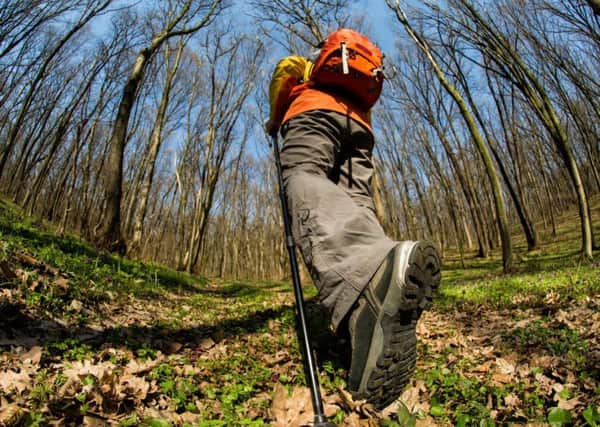Victor Clements: We must look again how we use land


I was supervising some tree planting this week on a farm in Perthshire. It was fertile farm, but had not been cultivated since the 1970s and was presently grazing some Blackface sheep. Most of the fences were down, so the whole unit was effectively managed as one big field. Drainage was compromised, and the wet ground and rushes were not what the owner had envisaged when he had last ploughed these fields in his youth, before going off to work elsewhere for many years.
Now was the time to try and address that. The tree planting would help pay for fences to define a new field structure. The trees would provide shelter, increased amenity value and timber in the longer term. The cultivation required to grow the trees in some areas would help with overall drainage of the property.
Advertisement
Hide AdAdvertisement
Hide AdIt looked good on paper, and it looked even better as the fences and planting gradually took shape. It was now possible to manage this farm in a different and hopefully better way.
The objective was to increase productivity overall, and to do it in an ecologically sustainable way, producing a range of crops and products and giving greater flexibility. The trees were part of that vision.
Many farmers don’t like trees. They say you can’t eat them, but man needs more than food to sustain him. Our land was traditionally used to supply all our needs. Food, yes, but also timber and building materials, fuel and a variety of materials for making clothes, wool being only one of these. The land would have to supply our recreation at times. It was part of our overall culture and tradition, an inspiration for music and literature and many a person’s dreams. It taught children to look after animals and crops, and prepared them for their lives ahead.
In a changing world, we need to think how we can use our land to supply our wider needs, and that will require a fresh outlook on how we do things. We have to develop our rural land uses as a whole, and make sure that forestry, wildlife and fisheries management, and recreation can all play their part as well as farming.
If we can encourage people to integrate, then they can have their eggs in many baskets, and the wider range of products and activities will be more secure against future change or misfortune if it ever occurs. The key to better integration is to allow people to integrate things in their own way, to provide essential support, but not to be too prescriptive. What works in one context may not work elsewhere. Everyone has to find their own balance.
As the trees were planted, you could see it all taking place, and it seemed to make sense, as if it was planned that way.
Victor Clements is a self-employed native woodland advisor. He lives in Aberfeldy, Perthshire.